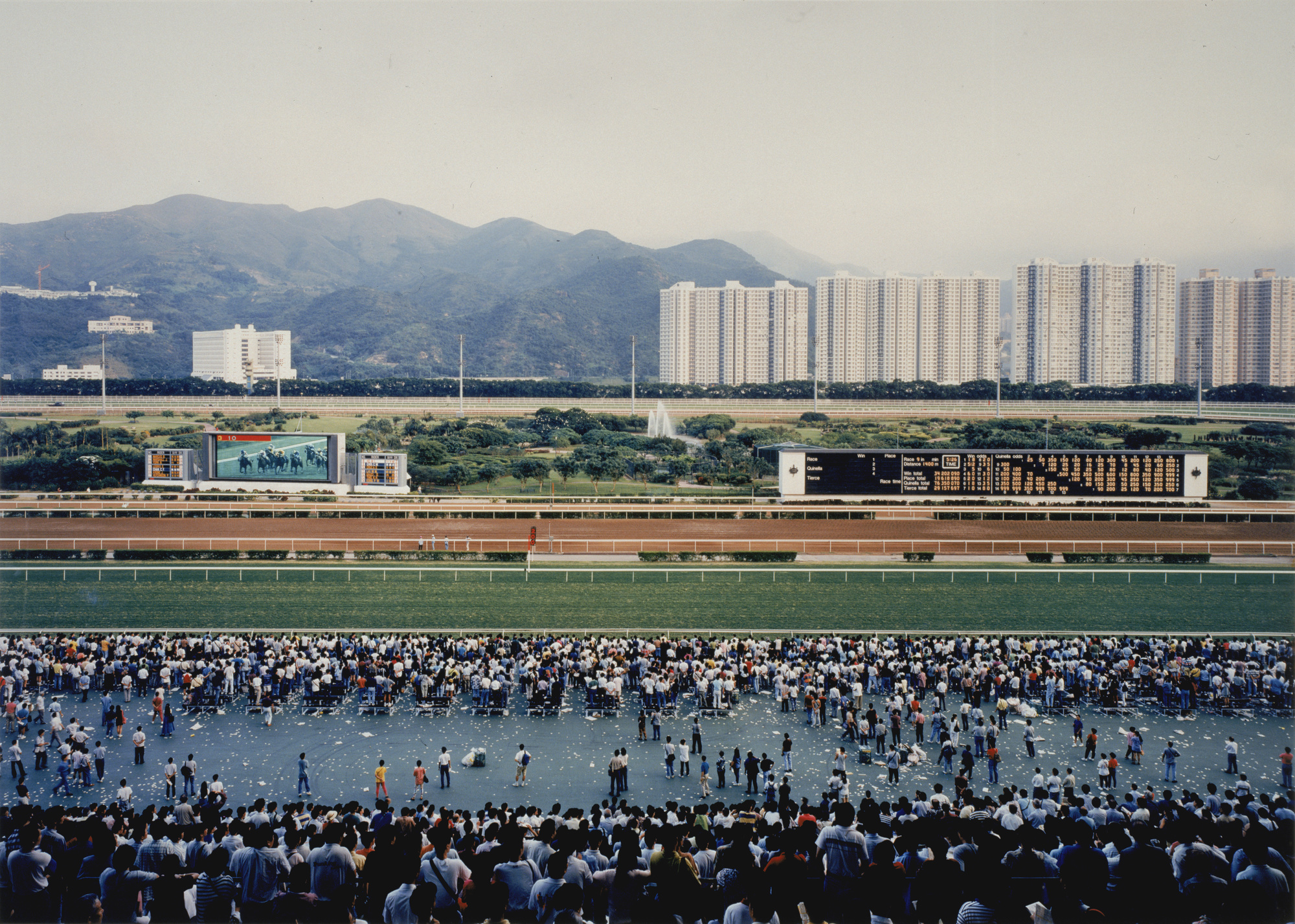IBM’s Blue Gene/L, is the world’s fastest supercomputer. It is a 32-rack installation of the BlueGene system at the Livermore National Research Laboratory in California.
Blue Gene is a commercial product and buying even one rack automatically puts you in the Top 500 supercomputers list.
Blue Gene differs in approach from a number of previous “fastest ever computers” in that it uses low-power 700MHz processors rather than the latest-and-greatest chips coming off the production lines. This enables them to jam so much power into a small area and, more importantly, to be able to cool it.
Blue Gene/L covers just 2,500 square feet, uses just 1.5MW electricity which costs $100M dollars a year. These are low figures compared to previous fastest computers.
Blue Gene uses custom software based on Linux. The key is reliability. If a normal system has 1 failure per month then the Blue Gene/L would have a failure every 40 seconds. As Manesh Gupta (who worked on the software) says, “we ruled out Microsoft Windows”. This is achieved by using “system-on-a-chip design”, keeping the client access system separate from the main computational machine, using 1 of every 2 processors for network comms and keeping daemons and other “processor noise” producers to an absolute minimum.
To take full advantage of Blue Gene applications have to fully parallelised, use at least 32 processes (up to 64,000 for Blue Gene/L) and use no more than 511MB RAM per process. Programs can be compiled for the system from FORTRAN 95, C, C++ and MPI. The programs must also use static linking. GNU compilers have been ported.
Blue Gene/L has been used to produce a simulation of the behaviour of 2 million atoms. This took 48 hours, produced results that took a week to render in visualisation tools and will take the physicist involved a year to analyse and report on. The simulation was faster than the real world experiment would have been.
George Chiu and Manesh Gupta delivered a talk on Blue Gene at Imperial College today in a fairly hot lecture room where I put these notes together. Thanks guys.

What is the fastest computer in the world and who invent it
At the risk of stating the obvious: “IBM’s Blue Gene/L, is the world’s fastest supercomputer. It is a 32-rack installation of the BlueGene system at the Livermore National Research Laboratory in California.”
What is the worlds fastest and biggest computer to date that is not a supercomputer?
“Supercomputer” doesn’t have an official definition. So that’s kind of a non-question. What do you mean exactly? Do you mean what is the fastest single computer with just one CPU? I’m not sure about that but I expect the latest Intel chip is there or thereabouts.
i would like to see an image of it